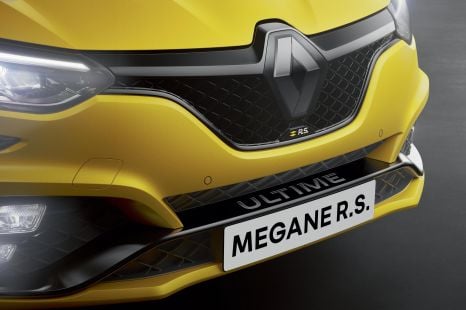

Ben Zachariah
Renault Sport may be revived to bridge gap to Alpine – report
1 Hour Ago
A ban on new petrol and diesel vehicles by 2035 is the headliner in the ACT's new electric vehicle strategy.

News Editor
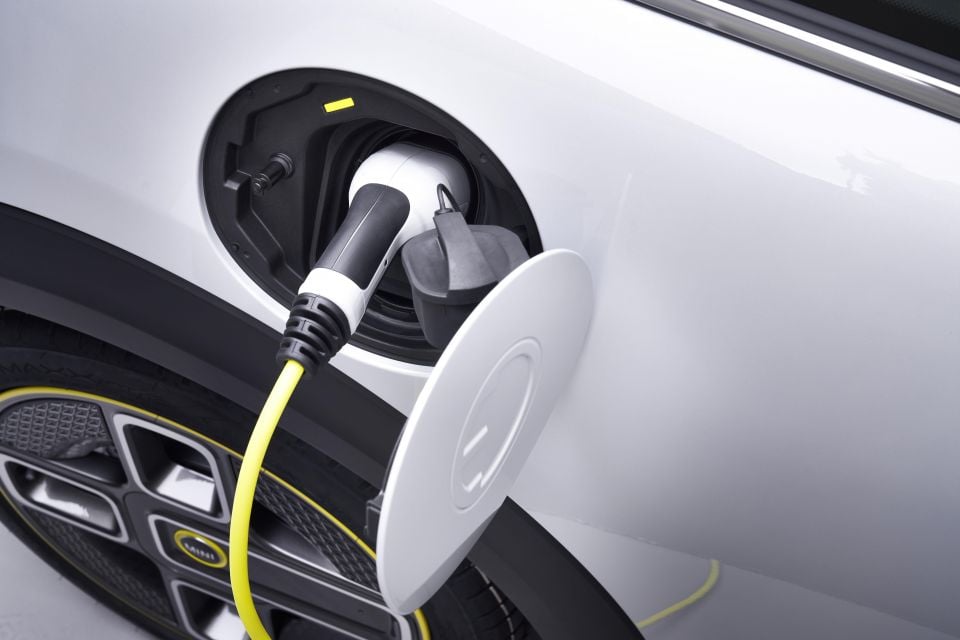

News Editor
The Australian Capital Territory has officially announced its plans to end sales of new petrol and diesel vehicles by 2035 as part of a wide-reaching electric vehicle strategy.
By 2030, it’s aiming for 80-90 per cent of new vehicle sales to consist of what it calls zero-emissions vehicles (ZEVs), or battery-electric and hydrogen fuel-cell electric vehicles.
The targets were first reported by The Guardian and are part of the ACT Zero Emissions Vehicle Strategy, which aims to make EVs both more plentiful and affordable in our nation’s capital.
The ACT Government has called the 2030 target “aspirational”, saying it will involve collaboration with industry to encourage the shift.
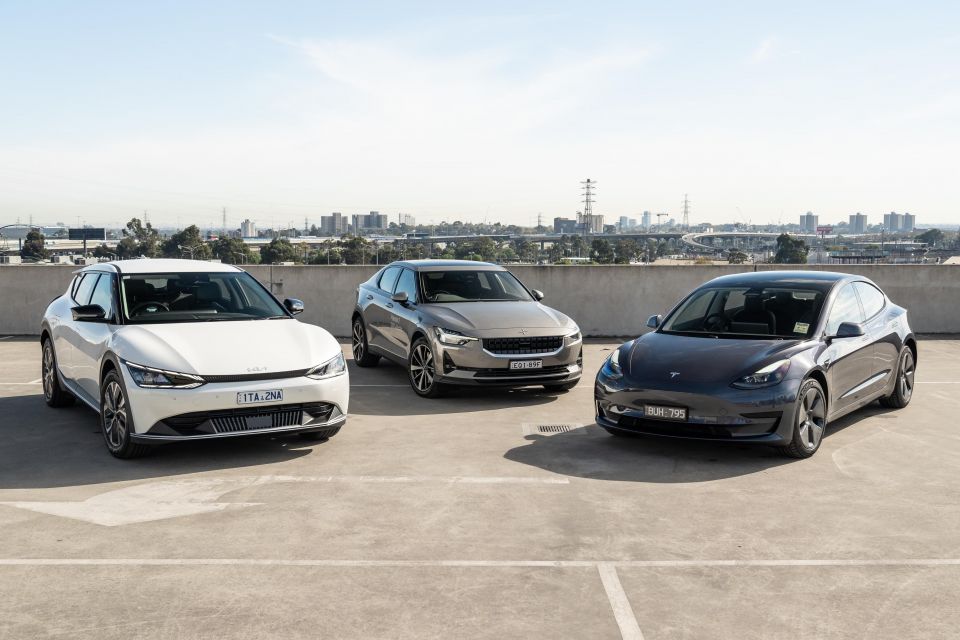
As for the end of new petrol and diesel vehicle sales, the Government says it’s exploring the “best and most appropriate mechanism” for achieving this and is working with the Federal Government – noting it would prefer the policy to be set on a federal level.
It’s also advocating for stronger vehicle emissions standards on a federal level, as well as reform for vehicle-related taxes like fuel excise tax write-offs, import tariffs, and the Luxury Car Tax (LCT).
The strategy includes other goals, including stopping rideshare and taxi companies from adding new combustion-powered vehicles to their platforms and fleets by 2030.
The ACT is aiming to take the lead within Australia on electric vehicle adoption and influence other jurisdictions.
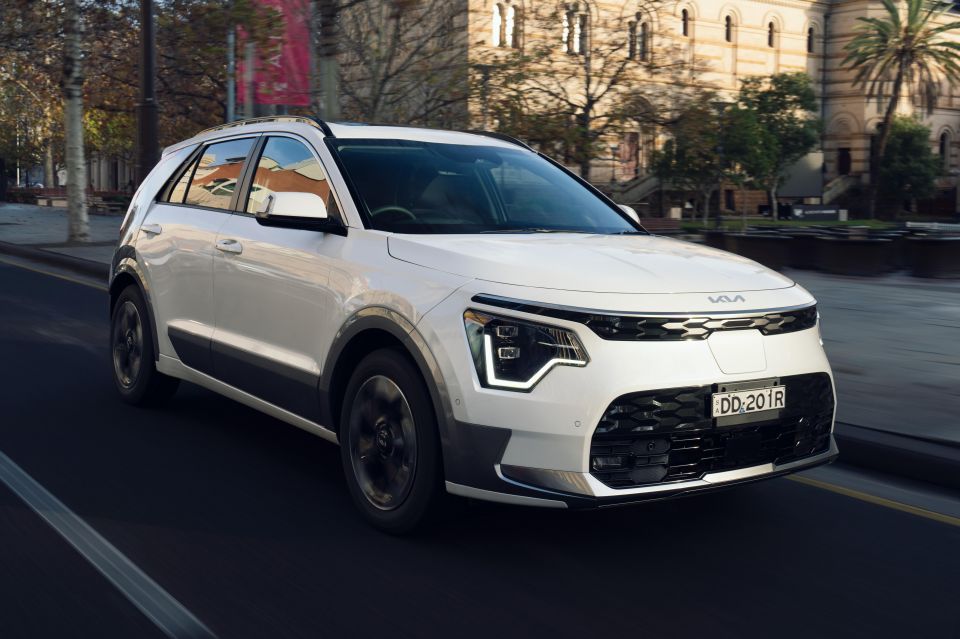
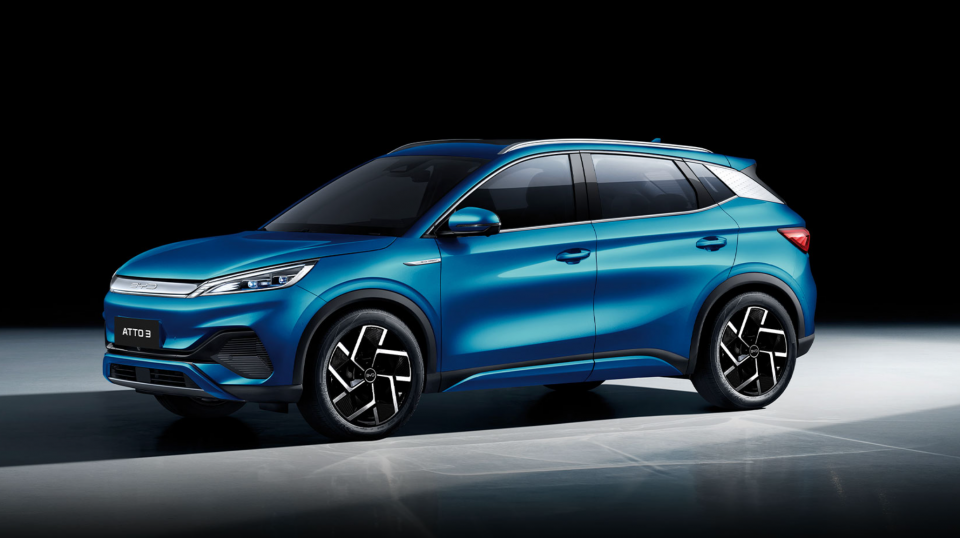
The ACT already offers one of the most significant incentive packages for EV buyers, with two years’ free registration (until 30 June 2024), an interest-free loan of up to $15,000 on eligible vehicles, and no stamp duty.
While it hasn’t announced a road user charge, as the likes of Victoria have done, it says it’s “actively monitoring developments here and internationally and is considering its options”.
It notes the current fixed registration system is weight-based, which penalises heavier EVs, and that any registration reform would consider both emissions and distance-based charging.
It’s rolling out more than 70 public EV charging stations across Canberra between now and 2023, with a goal of having 180 across the Territory by 2025.
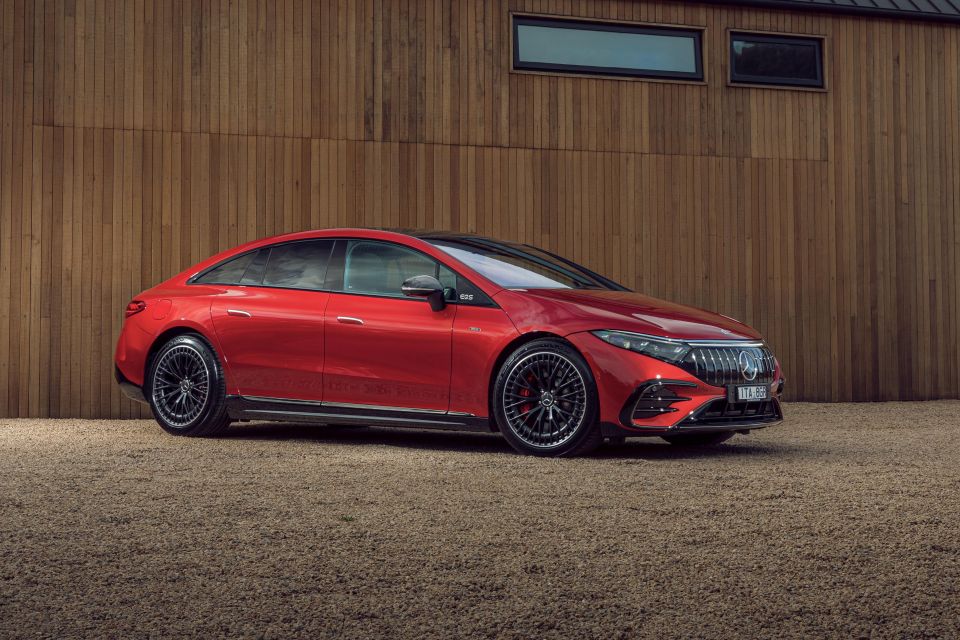
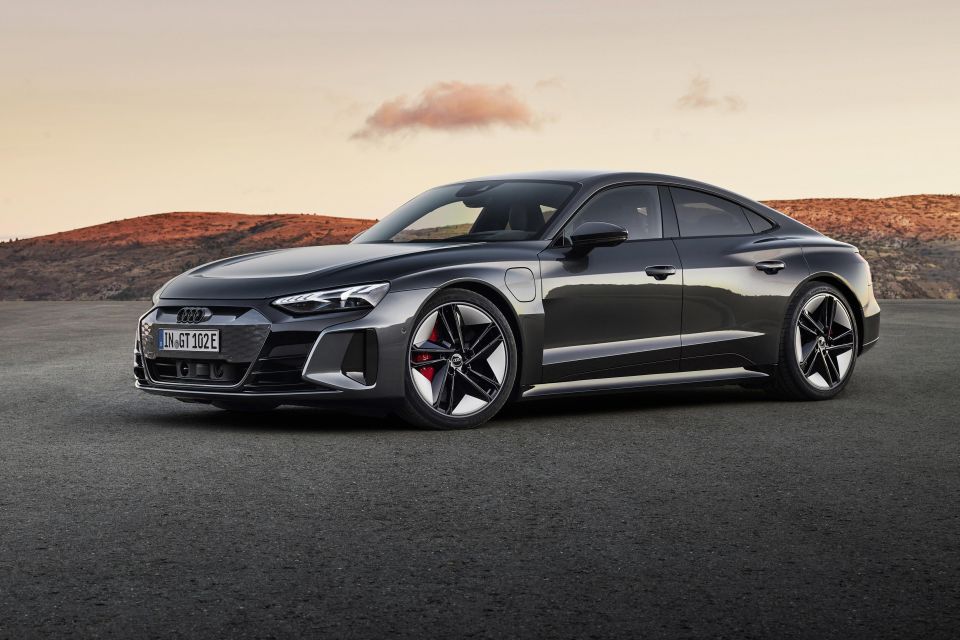
It also aims to enact regulations in the Territory Plan by 2023 to require EV charging infrastructure in new multi-unit residential and commercial buildings, and offer $2000 incentives for the installation of EV charging at multi-unit buildings.
The ACT says 100 per cent of its energy comes from renewable sources as of 2020, which means transport is now the largest contributor to its greenhouse gas emissions at 60 per cent.
It’s aiming to reach net zero emissions by 2045.
The government expects the decarbonisation of vehicles on ACT roads will take decades. It says the average age of a car is 9.5 years.
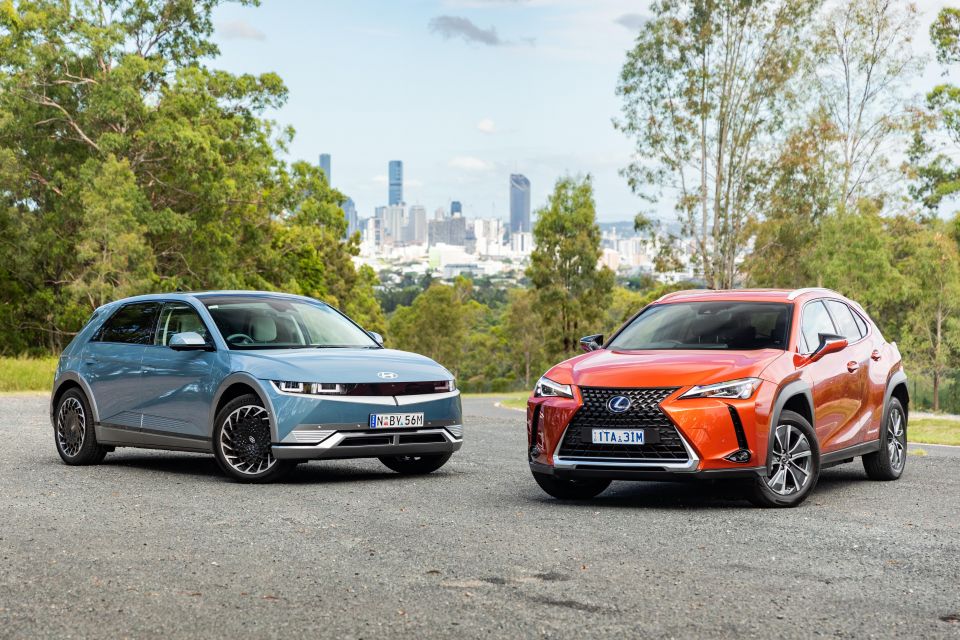
It has said it’ll switch to ZEVs for all newly leased government passenger vehicles, where fit for purpose, and from this year it’s excluding plug-in hybrid vehicles from its definition of a ZEV.
The ACT Government said last year that it had accumulated the nation’s largest fleet of electric cars, with the intent of making them cost-neutral with its internal-combustion fleet over the course of their lease and to populate a used electric vehicle market.
“The ACT Government is making the tough reform decisions now to ease an inevitable transition that’s only a decade away,” said Electric Vehicle Council chief executive Behyad Jafari.
“By setting long term targets in line with climate science, Canberrans will benefit from cheaper electric vehicles that cost a fraction to run.
“The ACT has made itself a beacon for other governments. There is no excuse to take the lazy approach of further taxing EVs now and promising to do better later.
“The ACT Government is ensuring Canberrans aren’t dumped with old fossil fuel guzzlers as the rest of the world goes electric. This is a sensible strategy and it should be replicated across Australia.”
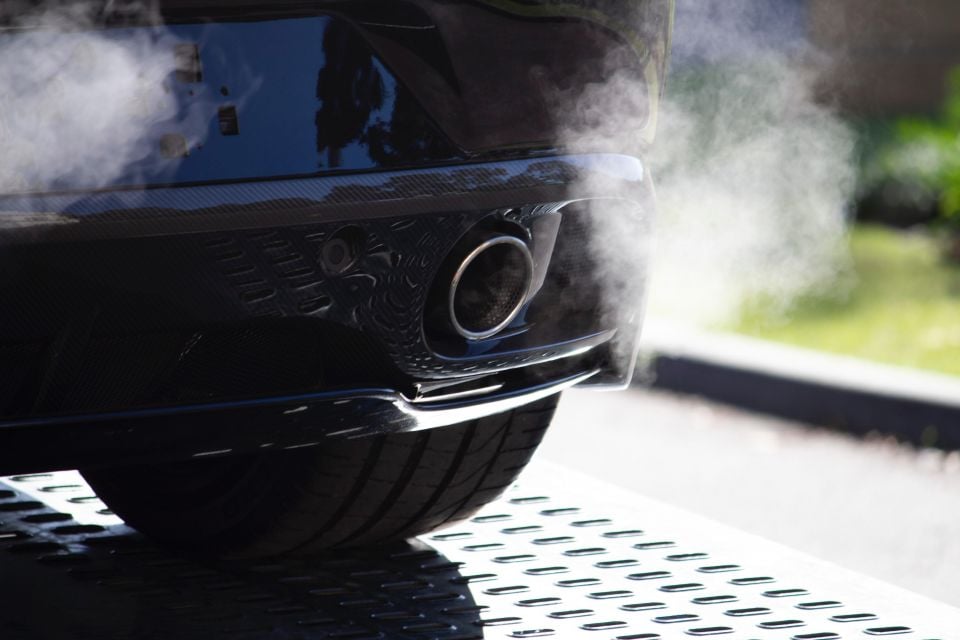
The Australian Automotive Dealer Association (AADA), the peak body for car dealers, has expressed concern over the proposed ACT ban though it has agreed with calls from the EV Council and the Federal Chamber of Automotive Industries (FCAI) for federal emissions standards to be enacted.
“We have serious concerns that this policy will have adverse consequences for the automotive industry, the people they employ and consumers in the ACT,” said AADA CEO James Voortman.
“The big risk is that people hold onto their older, more polluting cars for longer which will do nothing for reducing emissions.
“It is unclear how the ACT will enforce this ban and prevent consumers from simply purchasing an ICE vehicle across the border and re-registering it here as a used car.
“Rather than a crude ban on ICE’s, the best way to lower emissions is to put a technology-agnostic CO2 standard in place, so that Manufacturers have a clear understanding of what they need to achieve and are given the freedom to deploy any technology to achieve that goal.”
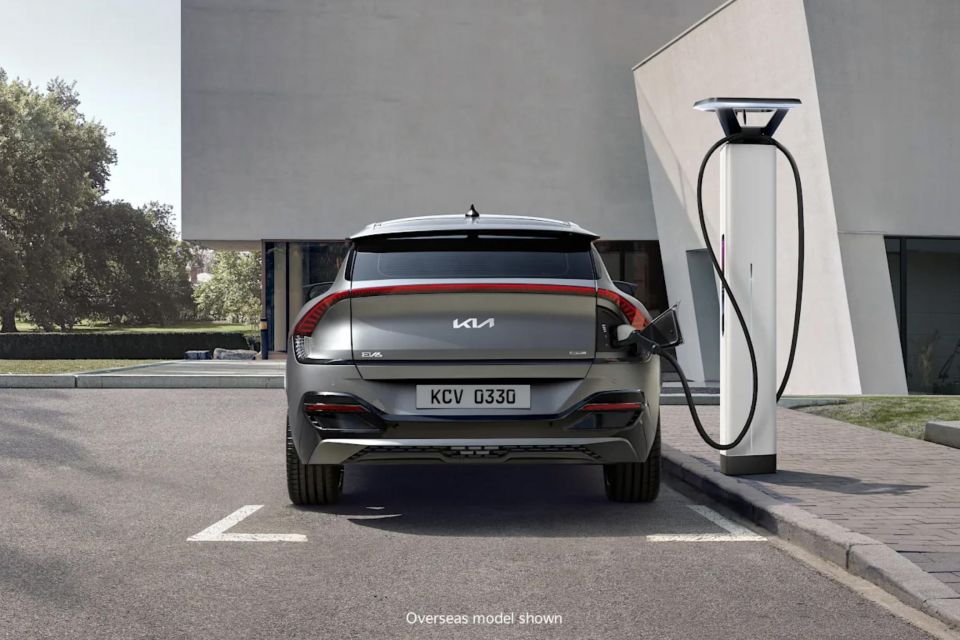
A federal emissions scheme would force carmakers to drag their average vehicle emissions below an agreed cap, backed by fines for a failure to meet that target. The cap would become progressively tighter as years roll on – although naturally, it doesn’t go as far as the ACT’s plan to phase out ICE sales altogether.
The ACT in 2020 flagged plans to phase out new internal-combustion sales by 2030, like the UK, but has since tempered those goals.
The new dates bring the ACT into line with the European Union, which plans to ban the sale of petrol and diesel cars from 2035. The UK is making the move even sooner, setting a 2030 deadline for internal-combustion sales.
MORE: ACT banning petrol, diesel car sales from 2035 MORE: What electric car buyer incentives are offered across Australia?
William Stopford is an automotive journalist with a passion for mainstream cars, automotive history and overseas auto markets.


Ben Zachariah
1 Hour Ago
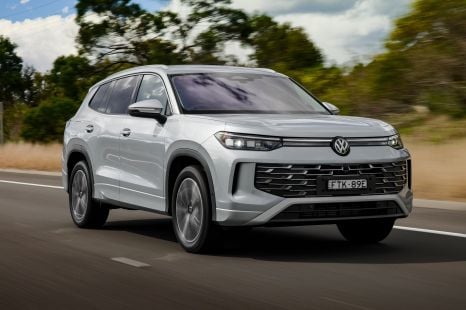

Damion Smy
2 Hours Ago
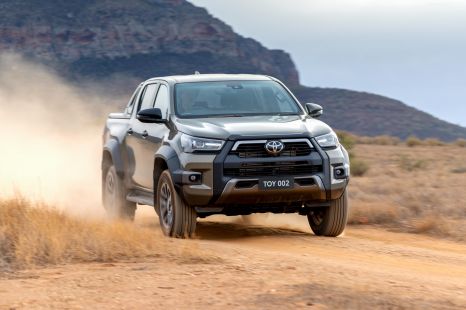

Damion Smy
4 Hours Ago
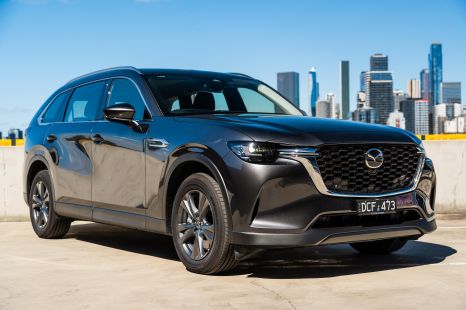

William Stopford
4 Hours Ago
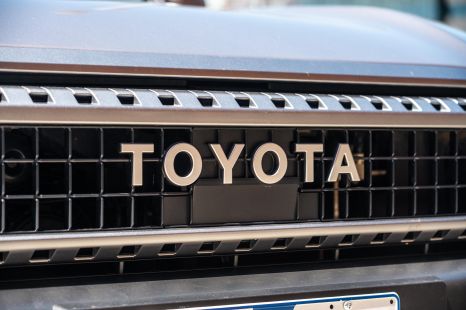

Damion Smy
4 Hours Ago
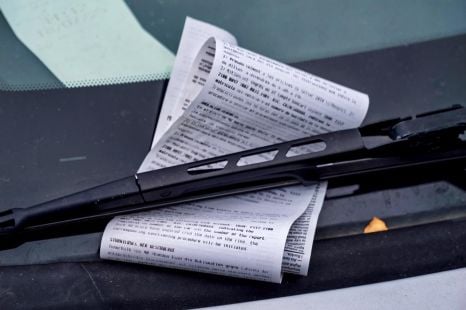

Ben Zachariah
5 Hours Ago